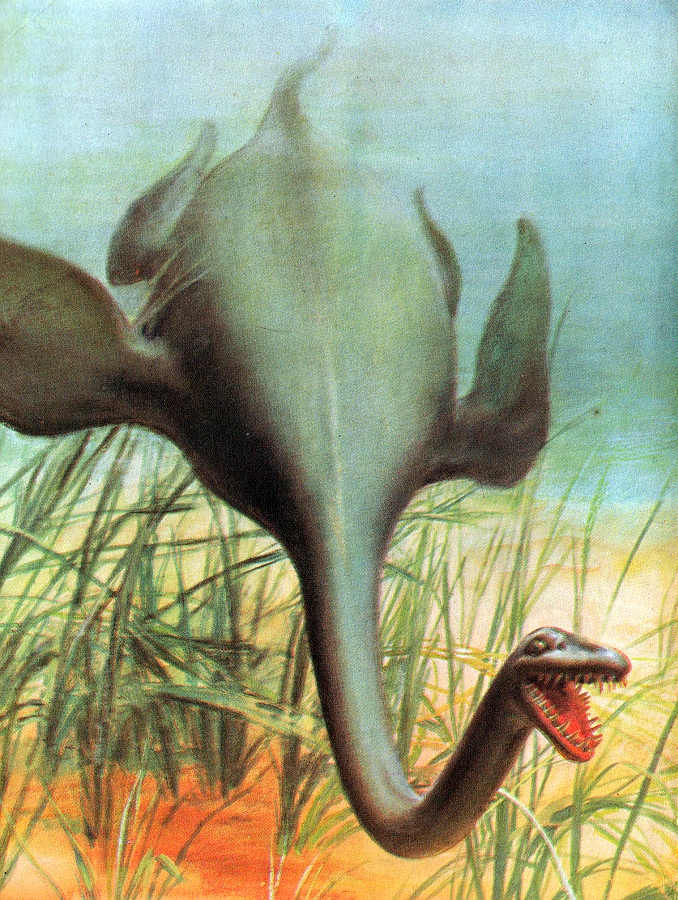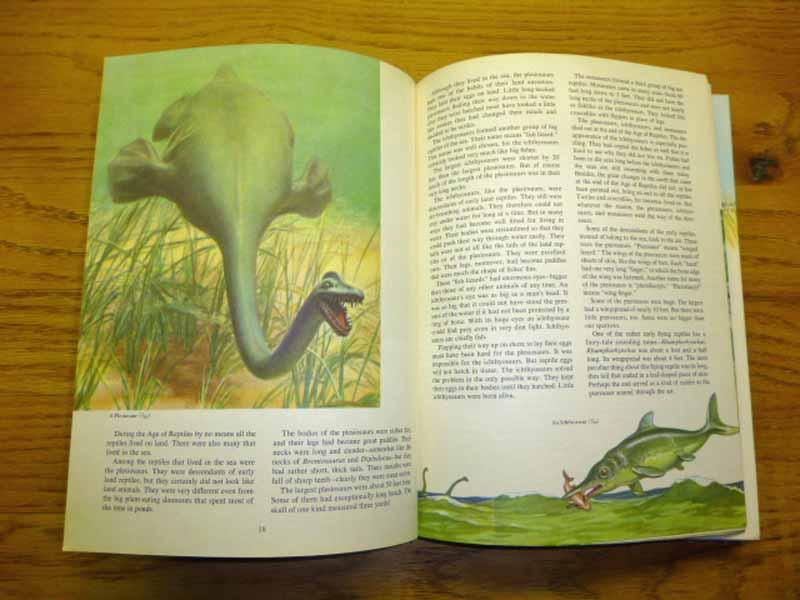
Here are a few I still have
How about a little break from the nooze, for something more wholesome?
When I was a wee child, one of the first authors whose name I could cite was Herbert S. Zim, author of almost 100 books on nature and other scientific subjects (https://www.paperbackswap.com/Herbert-S-Zim/author/)–you name it, he wrote about it. Golden Guides, assorted field guides for older children and adults, on everything from insects to dinosaurs, and even a book or two on cars: he must have been a terribly busy man.
He wasn’t the only one. Bertha Morris Parker could give him a run for his money. She wrote the whole Golden Encyclopedia for children and wound up with more than 80 titles in print.

16 volumes! I wish I still had them.
My parents saw to it that my brother and sister and I had plenty (!) of books to read–our house was full of them. We picked up a habit of reading that’s still with me today. And it wasn’t all science: novels, histories, collections of Bible stories (some of those illustrations by Gustave Dore kind of freaked me out), and stacks of comics. My father had a Life of Kit Carson that’s probably worth its weight in gold today. I read it several times. He also had Knute Rockne; I read that, too.
Are kids still reading books like these? I wish I could say yes, but I don’t know. I suspect not. It’s a kind of poverty. And that makes me sad.



